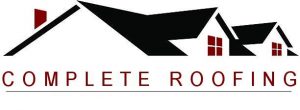Timber Roof Trusses: Shaping South Africa’s Roofs
South Africa has a rich history of timber roof truss production, dating back to colonial times. Today, the country remains a leader in the industry, producing high-quality roof trusses for both residential and commercial structures. In this article, we will explore the different roof shapes and production methods used in South Africa, and how they contribute to the strength and longevity of timber roof trusses.
One of the most important factors in the design of a roof truss is the shape of the roof. The most common roof shapes in South Africa include gable, hip, and mansard. Each shape has its own unique set of advantages and disadvantages, and choosing the right one for your structure is crucial to ensure its stability and durability.
Gable roofs are the most straightforward and simple to construct. They consist of two sloping sides that meet at the ridge, forming a triangular shape. This design makes them ideal for shedding water and snow, and they are also one of the most cost-effective roof shapes available.
Hip roofs, on the other hand, have sloping sides that meet at the ridge, but they also have additional sloping sides that form hips (diagonal lines) that run from the corners to the ridge. This design provides greater stability and resistance to wind, making them a popular choice for coastal regions and areas prone to strong winds.
Mansard roofs are similar to hip roofs, but they have a steeper slope on one side and a shallower slope on the other. This design is popular in South Africa for its aesthetic appeal, and it provides additional living space in the attic.
South Africa is home to some of the most advanced timber roof truss production facilities in the world. The country uses state-of-the-art technology and equipment to manufacture high-quality roof trusses that are designed to last for decades. The two most common production methods used in South Africa are manual and automated.
Manual production involves skilled craftsmen using hand tools to produce each truss individually. This method is ideal for smaller projects and custom designs, as it provides greater flexibility and precision.
Automated production, on the other hand, uses computer-controlled machines to produce trusses on a larger scale. This method is more efficient and cost-effective, making it ideal for larger projects and commercial structures. The trusses produced using this method are also of a consistently high quality, as the machines ensure precise cuts and measurements every time.
Conclusion
Timber roof trusses play a crucial role in shaping the roofs of South African structures. The country’s rich history of timber roof truss production and its use of advanced technology and production methods make it a leader in the industry. Whether you are building a residential or commercial structure, choosing the right roof shape and production method for your needs is essential to ensure its stability and longevity.
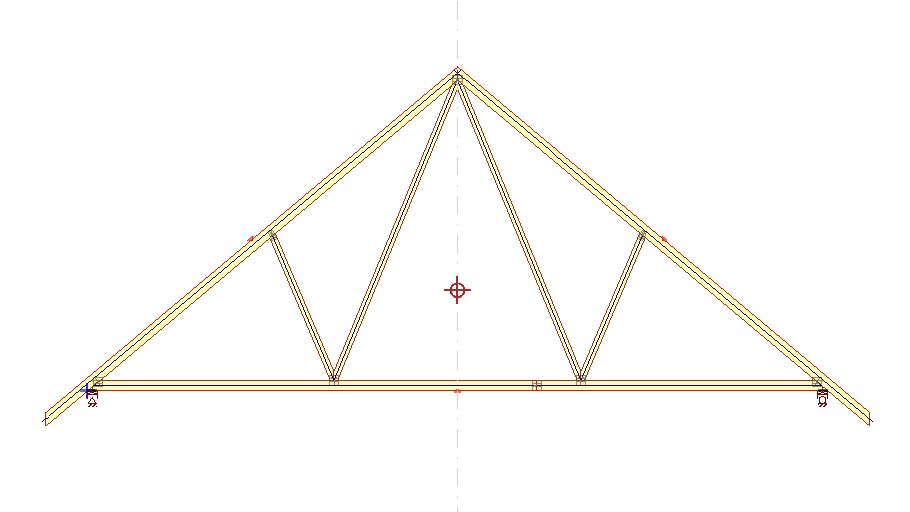
Conventional trusses are the most commonly used truss type and can be found in residential houses, office buildings and....
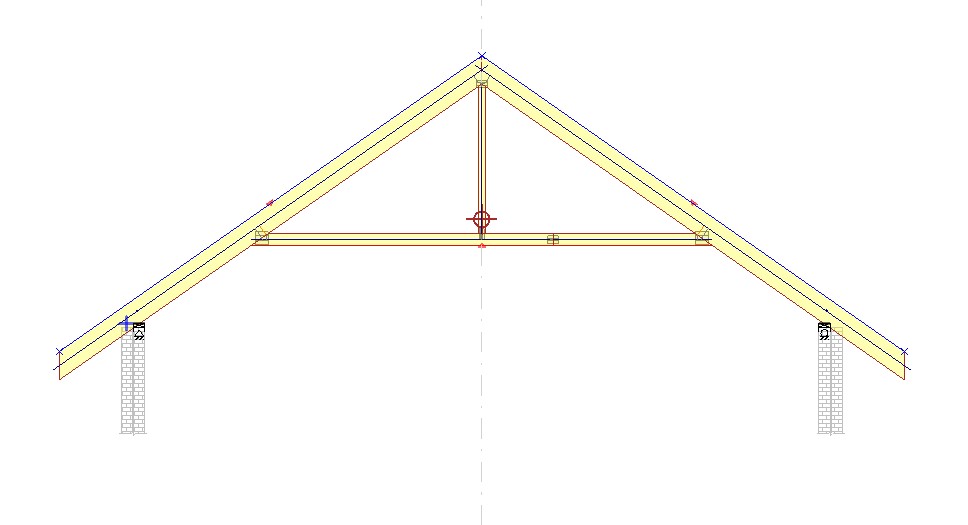
Raised Tie trusses are used to create more volume in small areas by creating higher ceiling levels. When assembled using....
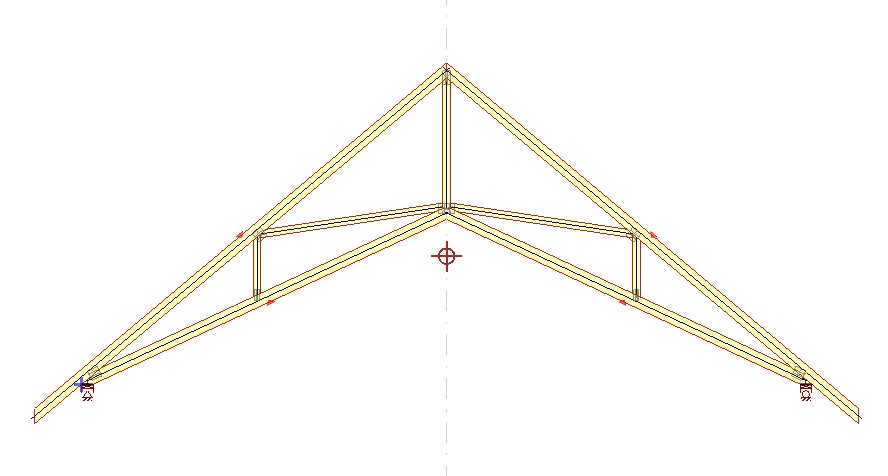
Scissor trusses are used to create higher ceiling levels and can open up small areas. This design is less commonly....
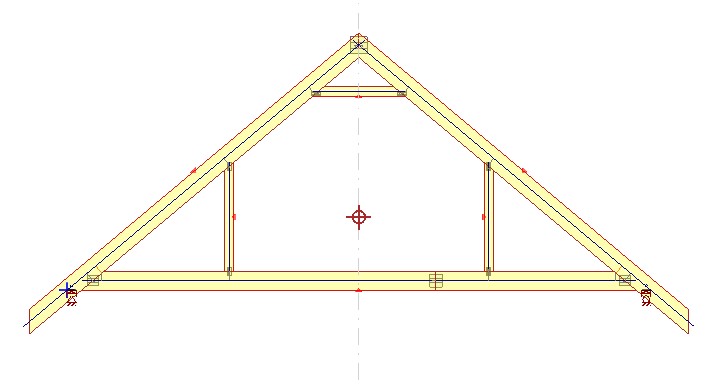
Attic trusses have multiple functions and can be used to create a living space, office space or storage space....
MOST COMMON ROOF SHAPES
MOST COMMONLY USED PRODUCTION/ASSEMBLY METHODS

Roof Trusses manufactured in a Truss Plant is the most common method known. The timber members connected using special designed nail plates. Back in the day roof trusses were assembled on site using wire nails and bolts.

This method is used when an exposed roof truss future wants to be used. Instead of having the ceiling installed below the trusses, the ceiling is installed on-top of the trusses leaving the beautifully bolted roof trusses exposed.
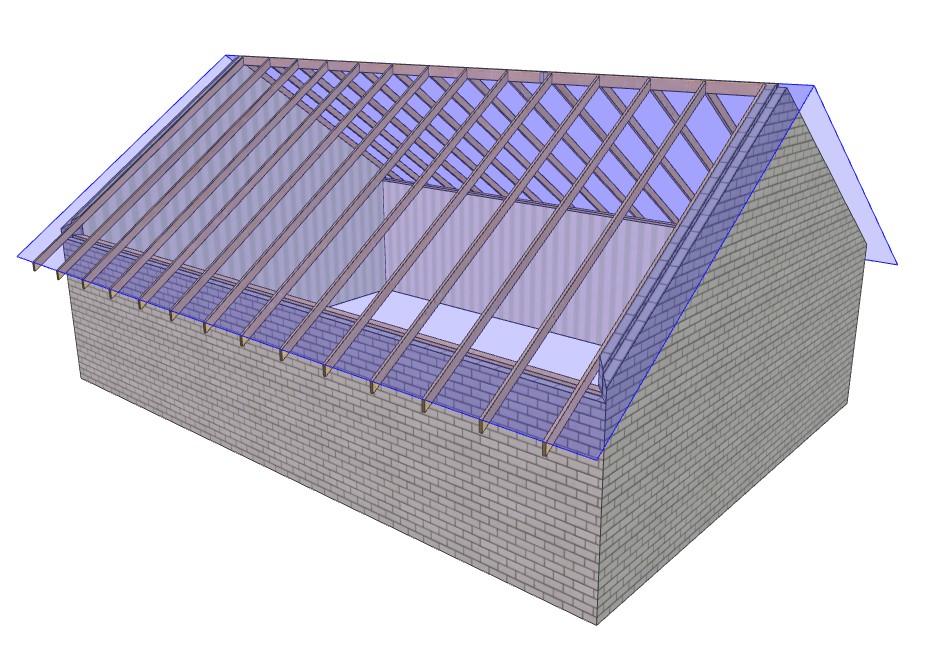
This method is used when you want to create an open-space type roof giving you more volume without seeing any truss members. This roof system can only be installed on site as it consist only of loose timber beams and rafters.
| Cookie | Duration | Description |
|---|---|---|
| cookielawinfo-checkbox-analytics | 11 months | This cookie is set by GDPR Cookie Consent plugin. The cookie is used to store the user consent for the cookies in the category "Analytics". |
| cookielawinfo-checkbox-functional | 11 months | The cookie is set by GDPR cookie consent to record the user consent for the cookies in the category "Functional". |
| cookielawinfo-checkbox-necessary | 11 months | This cookie is set by GDPR Cookie Consent plugin. The cookies is used to store the user consent for the cookies in the category "Necessary". |
| cookielawinfo-checkbox-others | 11 months | This cookie is set by GDPR Cookie Consent plugin. The cookie is used to store the user consent for the cookies in the category "Other. |
| cookielawinfo-checkbox-performance | 11 months | This cookie is set by GDPR Cookie Consent plugin. The cookie is used to store the user consent for the cookies in the category "Performance". |
| viewed_cookie_policy | 11 months | The cookie is set by the GDPR Cookie Consent plugin and is used to store whether or not user has consented to the use of cookies. It does not store any personal data. |
